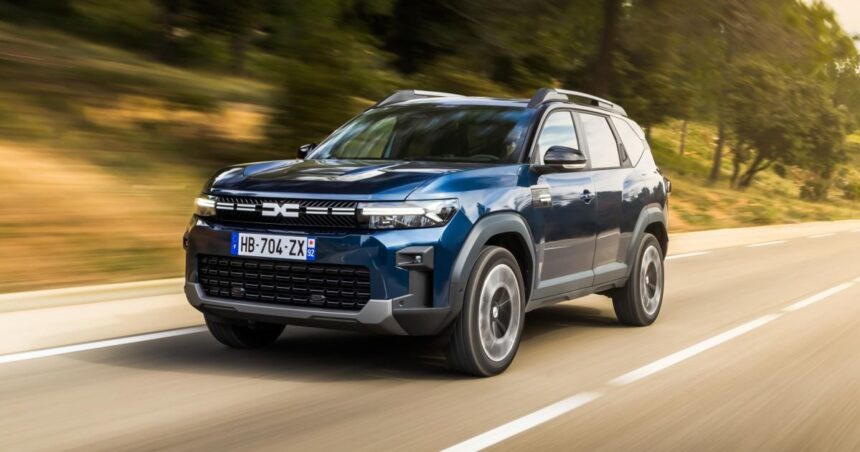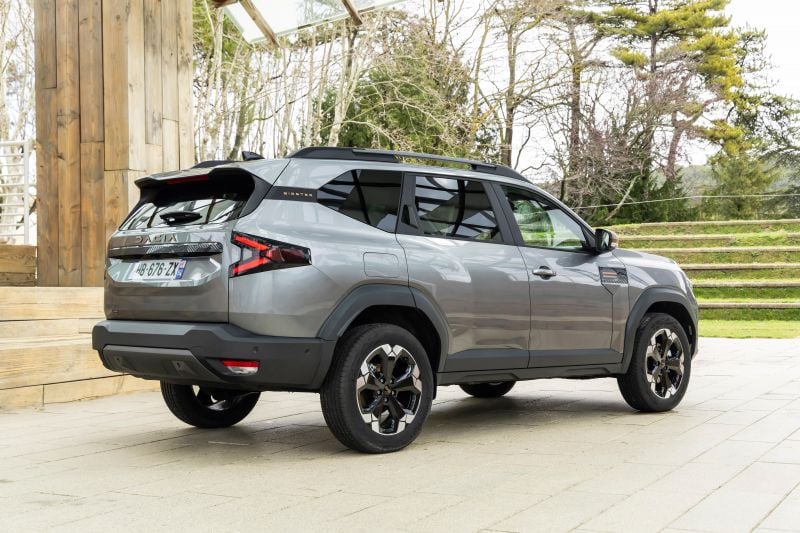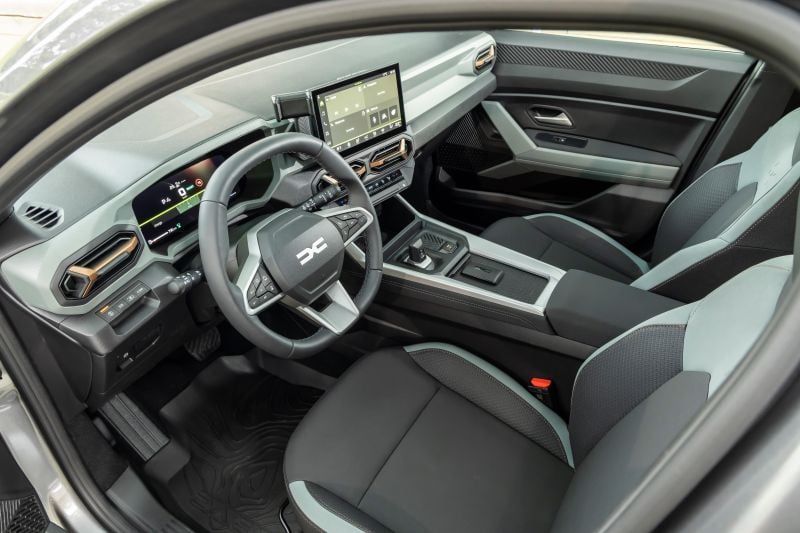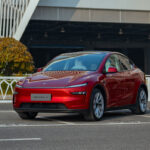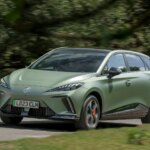You’d think that the rugged, affordable Romanian brand would be a natural fit for the Australian car market, but Ateco Automotive – Renault’s importer and therefore the arbiter of what happens to Dacia in an Australian sense – has long said that if and when it does import any Dacias, they would be sold here with Renault badges.
And it announced exactly that just last month, when it confirmed the Dacia Duster small SUV would arrive in Renault Australia showrooms as the Renault Duster by the end of this year.
That makes sense from a brand recognition point of view, but not much sense in most other ways. Dacia no longer makes cheap and cheerful cars that are little more than rebodied Renaults.
Rather, it makes a range of cars all of its own design and to its own purposes, and simply makes regular raids on the Renault corporate parts cupboard, nicking mechanical bits for which Renault has long since paid the development costs, sidestepping some of the more sophisticated safety items at the same time, keeping costs under control and taking the subsequent poor safety ratings from Euro NCAP on the chin.
In Europe, car buyers love this recipe, and last year the Sandero, Dacia’s small hatchback, was the best-selling car of all, while the compact Duster stormed to the top of the SUV sales charts – at least as far as private buyers were concerned.
Now comes the Dacia Bigster – a cheesy name, right enough, but one with a serious purpose as it lifts Dacia up and away from the more compact models on which it has built its success so far and into a larger, more profitable slice of the car market.
The Bigster does this at a time when Dacia is carefully massaging its brand image, moving away from its so-cheap-you-can’t-complain origins and into a realm where value for money is still the brand’s number one attraction, but close behind are things such as style and a sense of outdoorsy adventurousness.
Dacia wants to be a lower-priced rival for Jeep and Land Rover, and this burgeoning image, combined with the Bigster’s space and utility, would make it an ideal addition to the single biggest sales segment in the Australian car market. You’d think. Will it ever come here? We’ll have to wait and see. In the meantime, let’s see what we’re missing…
Style-wise
The Bigster lifts a lot from the smaller Duster, with a chunky, four-square look. There are distinctive touches, such as the Y-shaped LED running lights built into the main units, the ‘DC’ Dacia badge, known as the Dacia Link, in the grille, and the heavily castellated bonnet. There are also neat rear light clusters that avoid crossing over into the boot lid – as that would add extra wiring complexity and, therefore, more cost.
Another really nice touch is the ‘Starkle’ plastic for the exterior. This black plastic,


